 The mechanical properties of the extracellular matrix (ECM) play a crucial role in directing stem cell fate. According to the research by Na et al. (2024), published in Biomaterials, mesenchymal stem cells (MSCs) cultured on ECMs with different stiffness levels show significant differences in chromatin organisation and gene expression, ultimately driving lineage-specific differentiation.
The mechanical properties of the extracellular matrix (ECM) play a crucial role in directing stem cell fate. According to the research by Na et al. (2024), published in Biomaterials, mesenchymal stem cells (MSCs) cultured on ECMs with different stiffness levels show significant differences in chromatin organisation and gene expression, ultimately driving lineage-specific differentiation.
This study provides valuable insights into how ECM stiffness modulates 3D genome architecture and transcriptional programs, particularly promoting osteogenic differentiation on stiff substrates.
Why ECM Stiffness is Critical for Stem Cell Fate
The stiffness of the extracellular matrix (ECM) plays a vital role in shaping stem cell behavior by influencing how genes are organized and expressed. When mesenchymal stem cells (MSCs) are cultured on stiffer substrates, they experience greater cytoskeletal tension, which alters the shape of their nucleus and compacts their chromatin. This restructuring of the 3D genome makes it easier for key osteogenic genes to become active, guiding MSCs toward bone formation. Additionally, stiff ECM environments enhance interactions between specific genetic regions, reinforcing the co-regulation of bone-related transcription factors. By understanding and controlling ECM stiffness, researchers can better direct stem cell differentiation, improving outcomes in regenerative medicine and tissue engineering.
Key Research Findings
1. ECM Stiffness and Osteogenic Differentiation of MSCs
Na and colleagues cultured MSCs on two distinct ECM substrates with defined stiffness levels:
- Soft ECM: 4.47 kPa
- Stiff ECM: 40 kPa
After 7 days of culture, they observed:
- Increased osteogenic markers on stiff ECM: COL1A1, RUNX2, ALP, and OCN were significantly upregulated on 40 kPa substrates, confirmed by qPCR and alkaline phosphatase (ALP) staining.
- Chromatin condensation: MSCs on stiff ECM exhibited greater chromatin compaction, indicating tighter gene regulatory control.
2. Chromatin Reorganisation and Compartment Switches
- B-to-A Compartment Switch: MSCs on stiff ECM displayed more genomic regions transitioning from inactive (B) to active (A) compartments. Genes involved in cytoskeleton organisation, such as ROCK2 and MAP1B, were upregulated in these switching regions.
- TAD Mergers: Topologically associating domains (TADs), which control gene expression clusters, showed increased merging on stiff ECM, enhancing the co-regulation of osteogenesis-related genes.
3. The Role of SP1 and ETS1 in Stiffness-Mediated Osteogenesis
- SP1 and ETS1 Upregulation: The transcription factors SP1 and ETS1, which regulate osteogenic genes, were upregulated on stiff ECM.
- Functional Validation: Knockdown of SP1 or ETS1 using siRNA reduced osteogenic marker expression, confirming their essential role in stiffness-induced differentiation.
The study concludes that ECM stiffness, specifically at 40 kPa, drives MSCs towards osteogenesis by reorganising their 3D genome and enhancing key transcriptional programs. This research highlights the importance of selecting substrates with appropriate mechanical properties for stem cell culture and differentiation studies.
Smart MCs Microcarriers: Providing Tunable Stiffness for Your MSC Research
At Smart MCs, we understand the impact of mechanical cues on stem cell behaviour. That is why we offer microcarriers with tunable stiffness, ranging from 3 kPa to 100 kPa, to meet your research and production needs.
Why Choose Smart MCs Microcarriers?
- Tunable Stiffness (3 kPa to 100 kPa): Mimic physiological and pathological ECM conditions.
- Optimised for MSC Culture: Designed for scalable stem cell expansion and differentiation.
- High Surface Area: Ideal for use in bioreactors and 3D cell culture systems.
- Versatile Applications: Suitable for MSC expansion, osteogenesis studies, and exosome production.
Elevate Your MSC Research with Smart MCs
Select microcarriers that align with your research goals. Contact Smart MCs today to request a quote or speak with our experts. Visit our product page to learn more and get a quote.

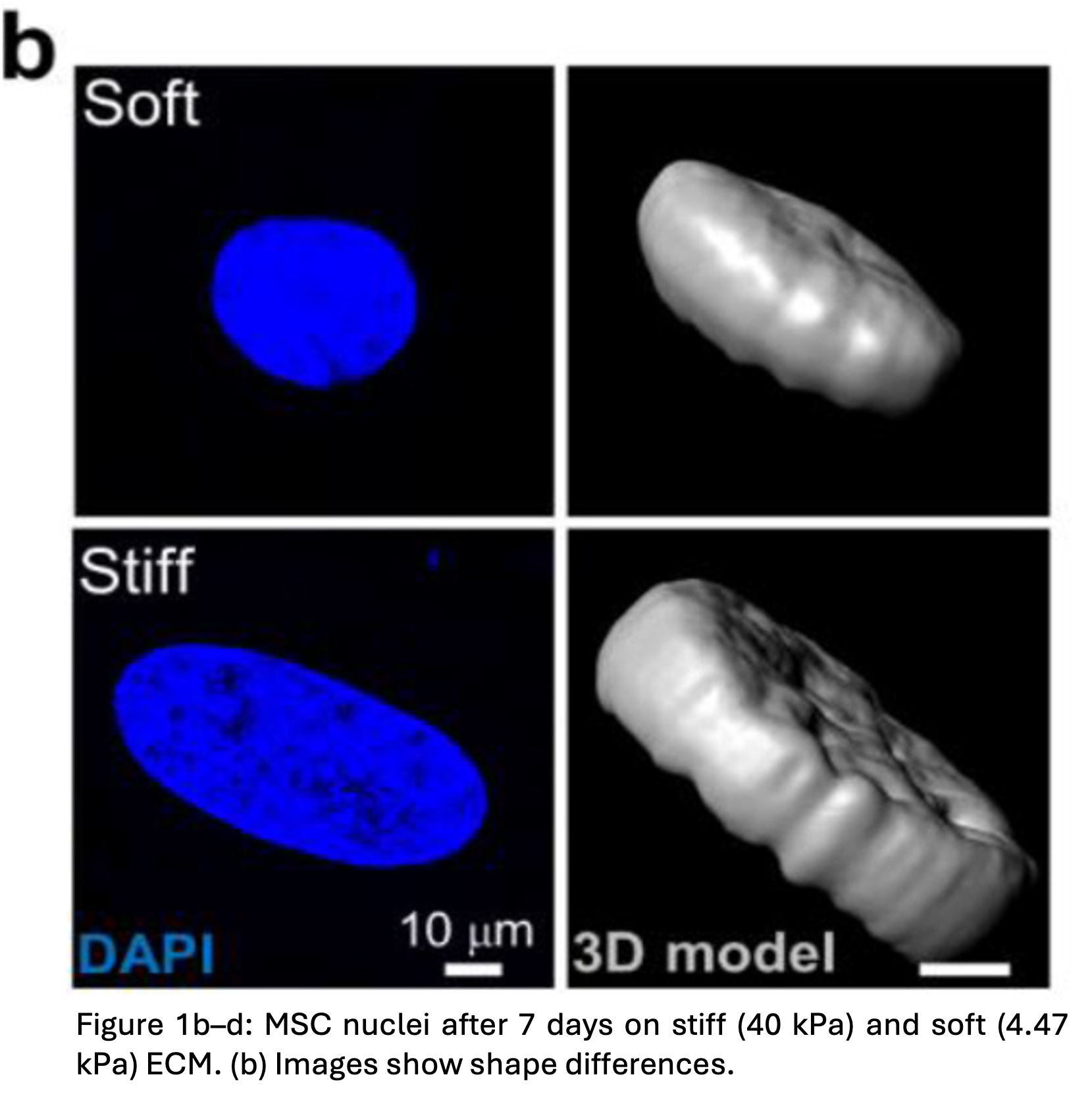


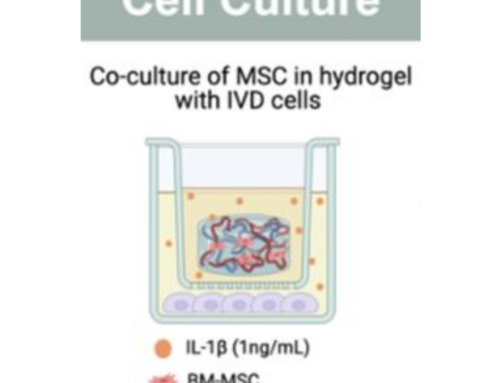
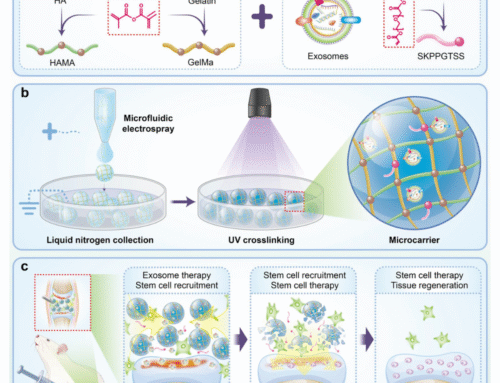

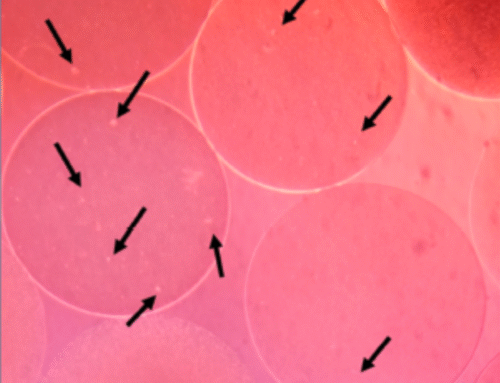
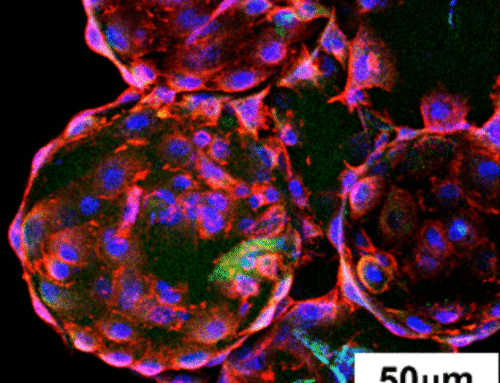
Leave A Comment